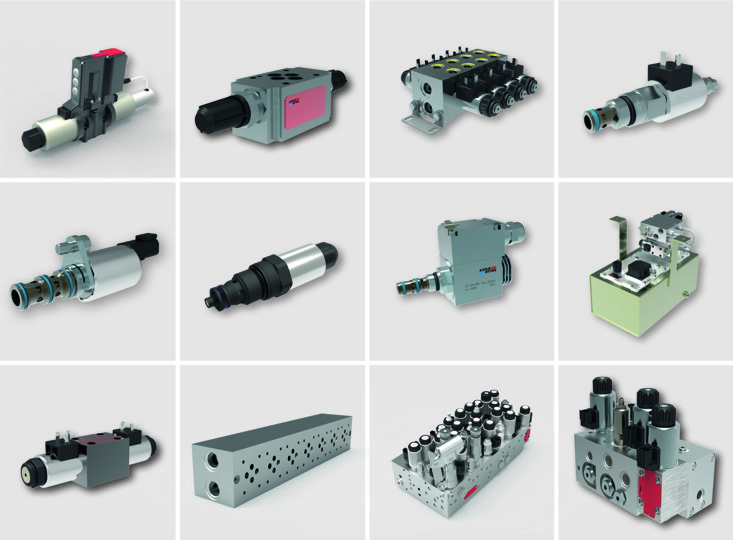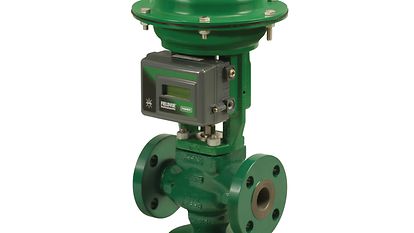Achieve Seamless Integration and Control With Top Quality Building Automation Controls
In the world of contemporary building management, the value of quality structure automation controls can not be overemphasized. Embracing quality structure automation controls is not simply an issue of comfort however a strategic critical for companies aiming to maximize their facilities' efficiency and sustainability.

Evolution of Building Automation Controls
Throughout the past couple of years, the development of developing automation controls has actually considerably transformed the way buildings are taken care of and run. Developing automation systems largely concentrated on standard features such as managing ventilation, air, and home heating conditioning (HEATING AND COOLING) systems. As innovation progressed, these controls have actually become a lot more innovative, permitting for a larger array of building systems to be incorporated and taken care of centrally.
The development of building automation controls has actually seen a shift in the direction of even more intelligent systems that can adjust to changing conditions in real-time. This flexibility is critical for optimizing energy performance and making sure occupant comfort. In addition, modern-day structure automation controls currently supply functions such as anticipating upkeep, remote tracking, and information analytics, enabling facility managers to make data-driven decisions to enhance structure efficiency.

Advantages of Top Quality Combination
The improvement in building automation manages towards even more smart systems has actually emphasized the significant benefits of high quality integration in enhancing structure operations and improving total performance. Quality combination of building automation controls provides several key advantages. First of all, it causes enhanced power performance by permitting various systems to interact flawlessly, ensuring optimum performance and decreasing energy wastage. Secondly, quality assimilation improves owner convenience and productivity by making it possible for customized control over ecological settings like lights, temperature, and air high quality. This customization can bring about a more helpful and comfy working or living atmosphere. Furthermore, top quality combination simplifies maintenance and fixing processes, as all systems are interconnected and can be monitored and controlled from a centralized user interface. This centralized control likewise supplies much better visibility and insights right into building performance, enabling proactive maintenance and optimization strategies. On the whole, the benefits of high quality combination in structure automation controls are obvious, offering raised efficiency, comfort, and operational performance.
Enhanced User Experience and Ease Of Access
Enhancing user communication with building automation manages through instinctive layout and boosted availability elevates the general experience for passengers and center managers alike. By concentrating on user experience, constructing automation systems can end up being extra effective and user-friendly. User-friendly user interfaces, clear navigation, and personalized settings empower users to connect with the controls linked here easily and properly.
Availability features play a crucial function in guaranteeing that all individuals, including those with specials needs, can make use of the building automation manages with simplicity. Including attributes such as voice commands, responsive switches, and color-contrasted displays can enhance access and make the controls more inclusive.
In addition, enhanced individual experience brings about greater user satisfaction, increased productivity, and far better decision-making. Occupants can adjust environmental setups according to their preferences, while facility supervisors can successfully monitor and handle structure systems - control valves. In general, her latest blog prioritizing user experience and accessibility in building automation regulates adds to a much more effective and smooth building setting for all stakeholders included
Sustainable Practices Via Automation

In addition, automation can assist in the assimilation of sustainable energy sources such as photovoltaic panels or wind turbines right into building procedures. By instantly changing energy usage based upon the accessibility of renewable power, buildings can even more lower their reliance on non-renewable resources. This seamless combination of lasting practices not just profits the environment but likewise improves the total operational performance and cost-effectiveness of the building. With automation, structures can straighten with contemporary sustainability objectives and add to a greener future.
Future Trends in Building Control Systems
One noticeable trend shaping the future of structure control systems is the raised integration of Artificial Intelligence (AI) and maker understanding. Furthermore, the Net of Points (IoT) is revolutionizing structure control systems by linking sensors and tools to improve operations and enhance performance.
An additional crucial trend is the emphasis on cybersecurity measures to safeguard against potential risks to developing automation systems. As buildings come to be more interconnected, making sure durable cybersecurity procedures will certainly be necessary to protect sensitive data and stop unapproved gain access to.
In addition, the change towards cloud-based platforms is acquiring momentum, allowing for systematized control and remote access to structure systems. This assists in much easier surveillance, upkeep, and updates, boosting the total efficiency and versatility of structure control systems. As technology remains to advancement, these patterns are anticipated to form the future landscape of building automation controls, driving innovation and sustainability in the constructed environment.
Verdict
To conclude, constructing automation controls have developed substantially, providing many advantages such as enhanced customer experience, availability, and lasting techniques. Quality integration plays a vital function in accomplishing seamless control and efficient operation of structure systems. Future trends in structure control systems are likely to concentrate on additional improving automation abilities for boosted energy performance and total efficiency. It is vital for structure owners and drivers to focus on the fostering of high quality structure automation regulates to enhance structure operations and accomplish long-lasting sustainability objectives.
In the realm of contemporary building management, the value of top quality structure automation controls discover this info here can not be overstated. In general, the evolution of structure automation regulates continues to drive technology in the structure management market, offering new possibilities for producing smarter and extra lasting buildings.
The advancement in building automation controls in the direction of more intelligent systems has actually underscored the considerable benefits of quality integration in optimizing building procedures and improving total performance. In general, focusing on individual experience and availability in building automation regulates adds to a more seamless and efficient building setting for all stakeholders involved.
It is necessary for building owners and drivers to prioritize the adoption of top quality structure automation manages to maximize structure operations and achieve lasting sustainability objectives. - control valves